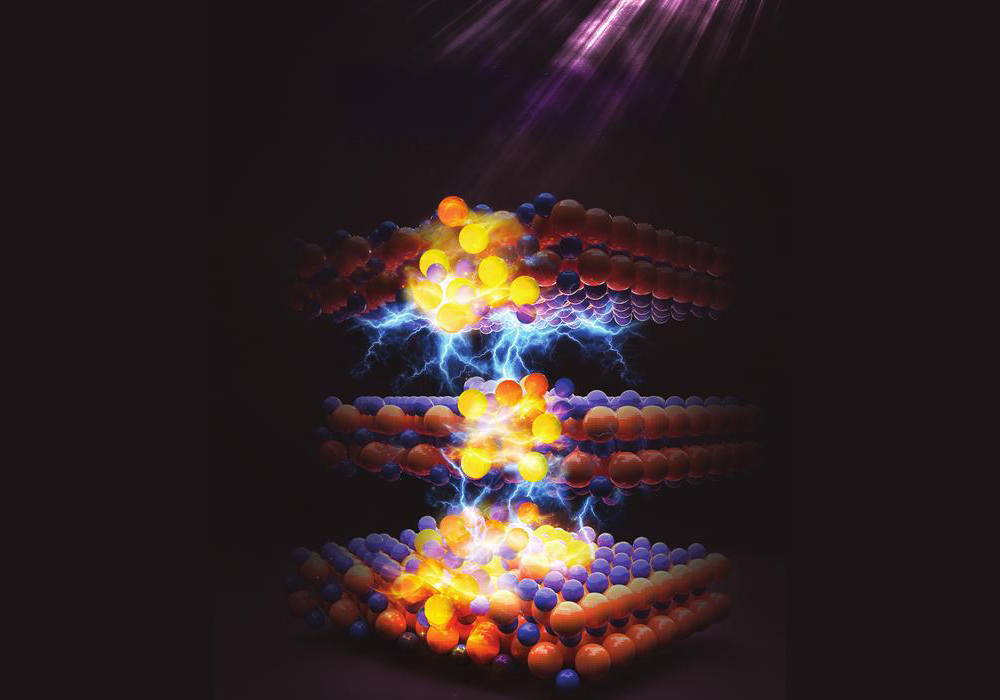Nothing “newsy” here, except for the implied conceptual leap and an aggressive attitude. DARPA just announced a big, new effort “to bridge compound semiconductor and silicon integrated circuit communities.”
In a new announcement about a specific technology being sought, the agency says, “Current fabrication technology limits the types of materials and devices that can be integrated together, forcing circuit designers to make compromises when selecting devices for an integrated microsystem.”
The announcement quotes Thomas Lee, office director, DARPA Microsystems Technology Office, who says, “Enabling the ability to ‘mix and match’ a wide variety of devices and materials on a common silicon substrate would allow circuit designers to select the best device for each function within their designs. This integration would provide DOD systems with the benefits of a variety of devices and materials integrated in close proximity on a single chip, minimizing the performance limitations caused by physical separation among devices.”
Examples of applications are “complex signal-processing and self-correction architectures.”
There is more to this than just advanced applications for heterogenous materials integration processes, which actually began (as far as I know) in 2008 with an announcement about the “Compound Semiconductor Materials on Silicon” (COSMOS). Last summer, DARPA also had an announcement about the Electronic-Photonic Integration program (E-PHI).
So, part of what’s new now is that DARPA wants to be able to build these novel chips on similar systems and capacities now found in existing commercial manufacturing chip fabs, which it calls the Diverse Accessible Heterogeneous Integration (DAHI) Foundry Technology.
Another part of what’s new is that DARPA now conceptualizes COSMOS, E-PHI and DAHI Foundry Technology as coming under a single DAHI umbrella.
DARPA breaks the DAHI Foundry Tech effort into three pieces: process development, foundry establishment and novel circuit design. Further, the DOD agency says its is willing to commit $80-$100 million initially for this work.
DARPA will be holding a one-day proposers workshop in April 2012. For full project and funding details, check out the official proposal documents here.
CTT Categories
- Electronics
- Material Innovations

